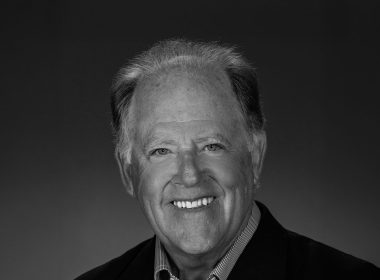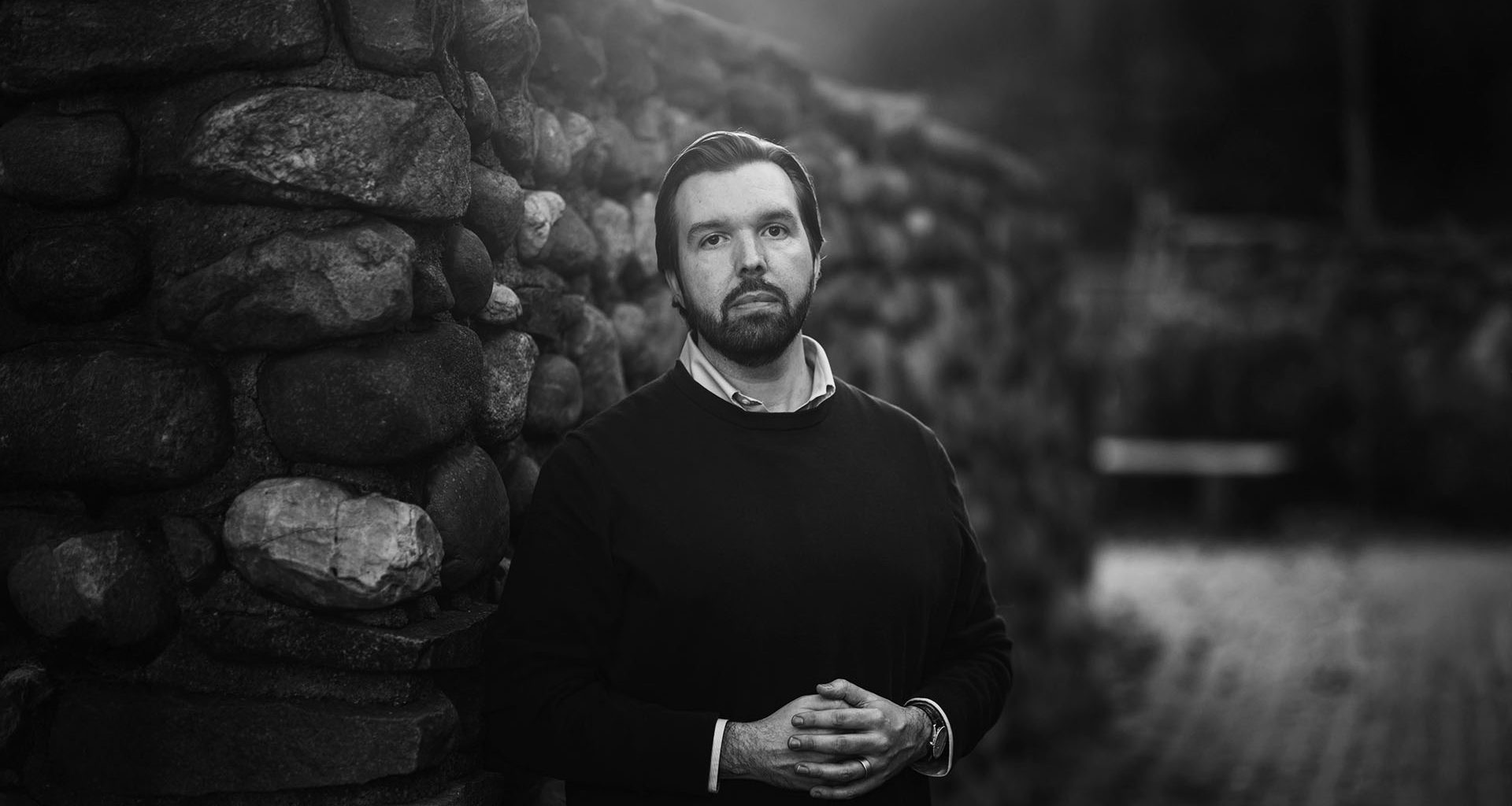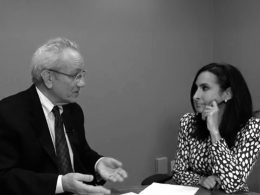Public trust is built in the small moments, the ones where people walk away feeling heard, supported, and safe. Matt Engle has spent more than fifteen years shaping those moments for communities across the country. With a career that spans military service, law enforcement, and senior leadership roles in public safety technology, Engle has become a leading voice on how GovTech can strengthen the civic fabric.
For him, every decision in public safety technology is ultimately about one thing: trust. At Tyler Technologies, Engle leads product strategy for public safety solutions, helping agencies modernize how they respond, collaborate, and deliver outcomes. His work blends operational rigor with the deeply human side of government service.
“Behind every high-impact team is deliberate design,” he says. “Teams do not become great by accident. They become great by architecture.”
Designing People-Centered Systems
Throughout his career, Engle has learned that systems either empower people or exhaust them. His experience across the military, law enforcement, and GovTech has shown him that when structure is built intentionally, people have the clarity and support they need to perform at their best. Whether reorganizing teams in business or helping to redefine roles in law enforcement, the goal for Engle has always been to ensure that “structure serves the larger mission.”
He links this structural clarity directly to individual performance. When people understand the mission and see where they fit within it, they are far more likely to bring their best work forward. And when they do, enjoyment follows, a key area of focus in his work to help agencies build environments where people feel energized by their roles and motivated to serve the mission with clarity and pride.
“Enjoyment isn’t about comfort,” he says. “It’s about energy. When work aligns with strengths, people show up differently, more creative, more resilient, and more invested.” This belief has shaped how he builds public-sector teams and how he guides early-stage companies entering the GovTech space. Roles are crafted intentionally, accountability is tied to purpose, and impact becomes a shared responsibility. Engle often invites new team members to co-author their job descriptions. “When people help design their role, they do not wait for permission,” he explains. “They innovate within it.”
More than a feel-good tactic, it’s a productivity strategy rooted in behavioral insight: empowered people create better outcomes for the communities relying on them.
Flexibility as a Strategic Advantage
Public-safety innovation requires adaptable frameworks. The challenges facing cities and counties do not always fit neatly into predefined lanes, so solutions should not either. He embraces cross-functional squads, hybrid roles, and temporary strike teams when the mission calls for it. “If a redefined structure accelerates impact, consider it,” he says. The point is not disruption for its own sake. The point is unlocking creativity in environments where routine can easily overshadow progress.
This mindset has informed Engle’s work in incubating zero-to-one offerings, integrating acquisitions, and identifying new revenue opportunities within the public safety technology sector. He seeks out emerging signals in the market, pairing them with on-the-ground realities to ensure that innovations are practical, adoptable, and mission-aligned.
The Hardest, Most Important Decisions
In every sector he has served, Engle has seen one constant: talent determines outcomes. A team can only succeed in its innovation efforts when leaders hire boldly, uphold high standards, and act decisively when someone is no longer serving the mission. High-impact teams demand high standards, and leaders must make difficult personnel decisions to protect both culture and mission.
“The most important decision a leader makes is who joins the team and who no longer should be on that team,” he says. Keeping the wrong person, he believes, disrupts far more than individual performance. It signals that excellence is optional, a message no public safety organization can afford to send.
This clarity becomes even more essential in GovTech, where technology vendors are not just service providers but operational partners for agencies handling life-and-death responsibilities.
Technology as a Bridge to Trust
His background in public safety has strengthened his belief that technology’s highest purpose is to build public trust by making every citizen interaction reliable, clear, and responsive. While software can do things like improve response times, streamline court systems, or enhance data-sharing, its greatest function is to help citizens trust that their institutions will show up when needed.
Every 911 call, every case update, every digital interaction is a touchpoint that shapes public confidence. When systems work well, people feel protected. When they fail, trust erodes quickly. Technology must not only be modern; it must be dependable, intuitive, and aligned with how communities actually operate.
“If you want a team capable of transforming your organization, do not just manage them. Design a constellation of stars where every person shines in the direction of the mission.” And that constellation ultimately shines toward a single goal: building resilient communities through trust-centered government technology.
Follow Matt Engle on LinkedIn for more insights or visit his website.











